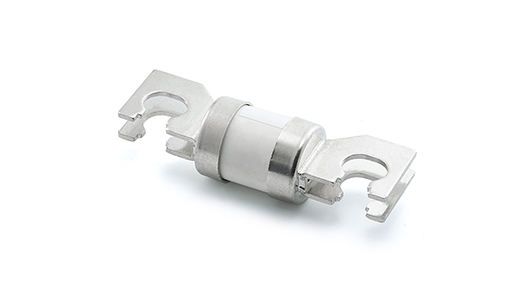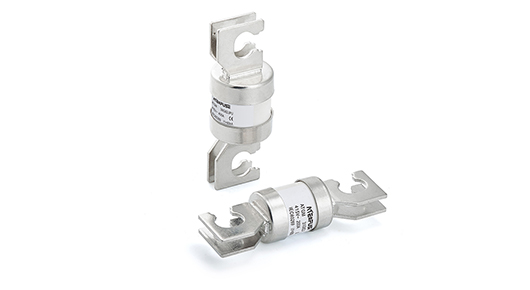What is the difference between ordinary fuse and photovoltaic fuse?
Ordinary fuses and photovoltaic fuses are both important components for circuit protection, but they have several differences in terms of application scenarios, technical characteristics, and standards. The following is a detailed introduction:

Application scenarios
- Ordinary fuse: It is widely used in various general - purpose electronic devices and electrical circuits, such as household appliances, computers, and general - purpose power supply circuits. It is used to protect the circuit from over - current damage caused by short - circuits or overloads under normal operating conditions.
- Photovoltaic fuse: Specifically designed for photovoltaic power generation systems, it is mainly used in series with photovoltaic panels, inverters, and other components in photovoltaic arrays. Its role is to protect the photovoltaic circuit from over - current and short - circuit faults, ensuring the safe and stable operation of the photovoltaic power generation system.
Technical characteristics
- Rated current and voltage:
- Ordinary fuse: Usually has a relatively low rated voltage and current, and the rated voltage is generally 220V or 380V, and the rated current is from a few amperes to several tens of amperes.
- Photovoltaic fuse: Needs to adapt to the high - voltage and high - current characteristics of photovoltaic systems. The rated voltage can reach 1000V or even higher, and the rated current can also be several tens of amperes to hundreds of amperes, depending on the scale and power of the photovoltaic system.
- Breaking capacity:
- Ordinary fuse: The breaking capacity is generally relatively small, which is mainly used to deal with the over - current faults within the normal range of the circuit.
- Photovoltaic fuse: Has a large breaking capacity to ensure that it can quickly cut off the circuit when a short - circuit fault occurs in the photovoltaic system, and can withstand the large - current impact generated by the photovoltaic array.
- Response time:
- Ordinary fuse: The response time is relatively long, usually in the order of milliseconds.
- Photovoltaic fuse: Requires a shorter response time, generally within a few microseconds to tens of microseconds. This is because the photovoltaic system is easily affected by light and other factors, and a rapid response is needed to protect the components from damage.
Standards and certifications
- Ordinary fuse: Conforms to the relevant standards of general - purpose fuses, such as IEC 60127 series standards. These standards specify the general performance requirements, test methods, and marking requirements of fuses.
- Photovoltaic fuse: In addition to meeting the basic requirements of general - purpose fuses, it also needs to comply with the specific standards and certifications for photovoltaic applications, such as the UL 2579 standard in the United States and the EN 60909 standard in Europe. These standards specifically define the performance requirements and test methods of fuses in photovoltaic systems to ensure their reliability and safety in photovoltaic applications.
In summary, ordinary fuses and photovoltaic fuses have obvious differences in application scenarios, technical characteristics, and standards. When selecting fuses, it is necessary to choose the appropriate type of fuse according to the specific characteristics and requirements of the circuit to ensure the safe and reliable operation of the circuit.




